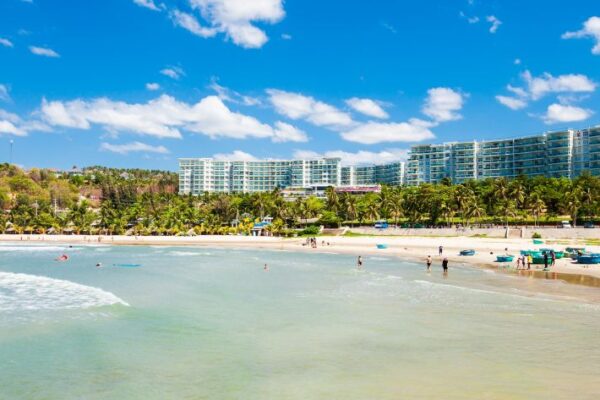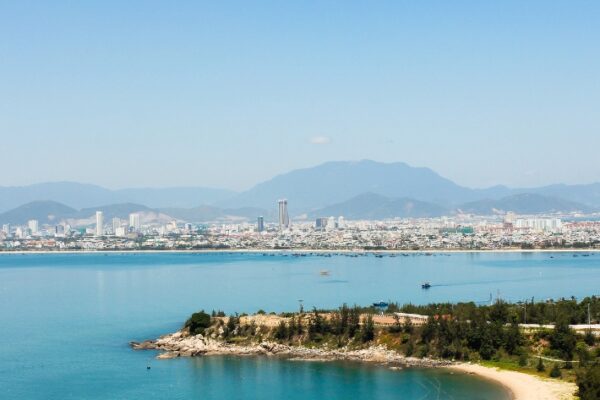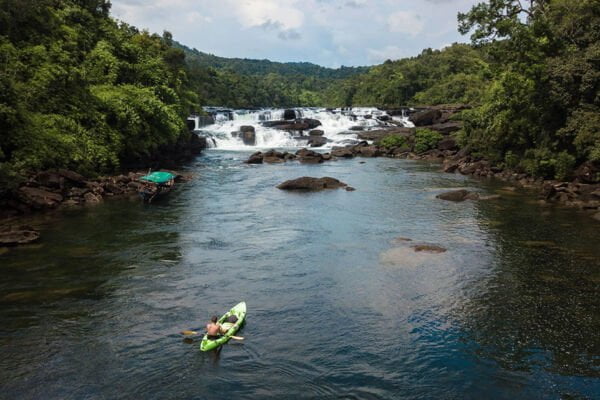Surfing in Cambodia With Beginner-Friendly Waves and Hidden Beaches

If you believe that surfing in Southeast Asia is only found in Bali or the Philippines, think again. Surfing in Cambodia is one of the region’s best-kept secrets. Imagine this: deserted beaches, calm turquoise waters, beginner-friendly waves, and the occasional hammock gently swaying between two palm trees. This isn’t just a daydream; it’s what you can expect in Cambodia’s hidden surfing spots.
While Cambodia isn’t your typical surf destination, it’s perfect for those looking to ride gentle waves, learn the basics, and enjoy a slow-travel vibe far from crowded breaks. So, if you’re a wave-chasing adventurer or a curious beginner looking to dip your toes into the sport, here’s everything you need to know about surfing in Cambodia.
Why Choose Surfing in Cambodia?
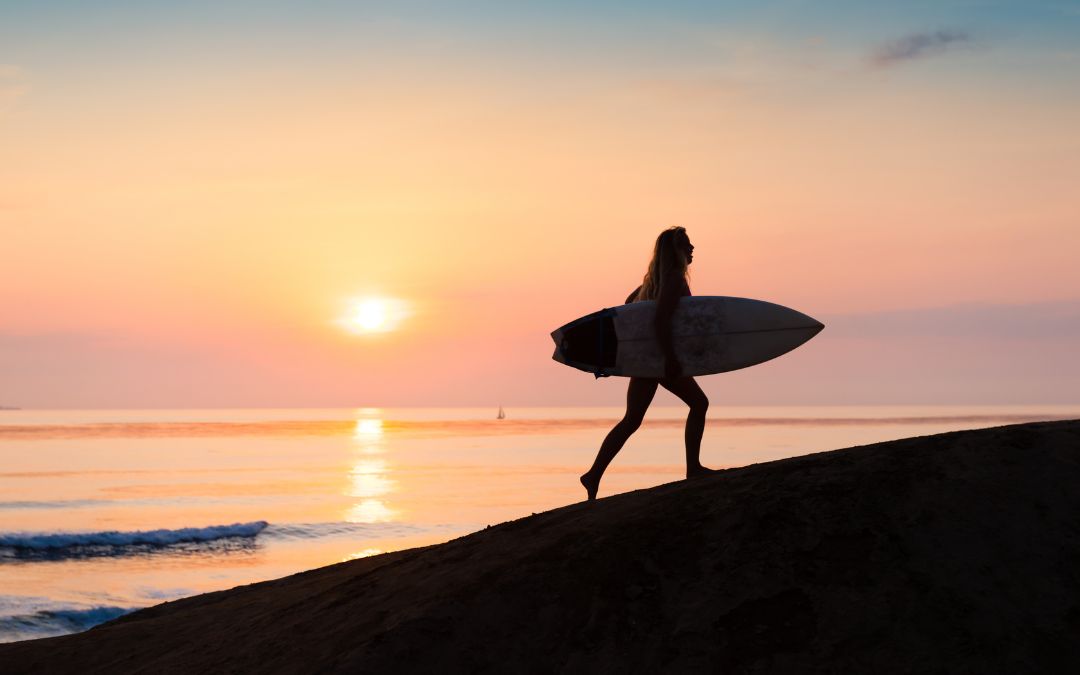
If you’re wondering why someone would choose surfing in Cambodia over say, Bali or Phuket, the answer is simple: authenticity and adventure.
This environment is not characterized by a polished and commercialized surf scene; rather, it offers an unconventional experience tailored for individuals who prioritize relaxation in hammocks over the allure of high-rise accommodations. It caters to those who place a greater value on tranquil moments than on achieving perfect surfing conditions.
- It’s off the beaten path: Fewer crowds, more space to play.
- It’s beginner-friendly: Soft waves, sandy bottoms, and a laid-back vibe make it ideal for learning.
- It’s more than just surfing: Explore ancient temples, cruise on the Mekong, and eat your body weight in fish amok between surf sessions.
- It’s affordable: Your money goes a long way here – from budget-friendly accommodation to dirt-cheap eats.
Best Places to Surf in Cambodia
Cambodia might not be the first name that pops into your mind when you think about surfing, but that’s exactly why it’s such a hidden gem. With its quiet coastlines, beginner-friendly swells, and laid-back vibe, surfing in Cambodia is all about slow mornings, soft waves, and a touch of adventure. Let’s dive into the top spots where surfboards meet serenity.
Bamboo Island – Where Waves Meet Tranquility
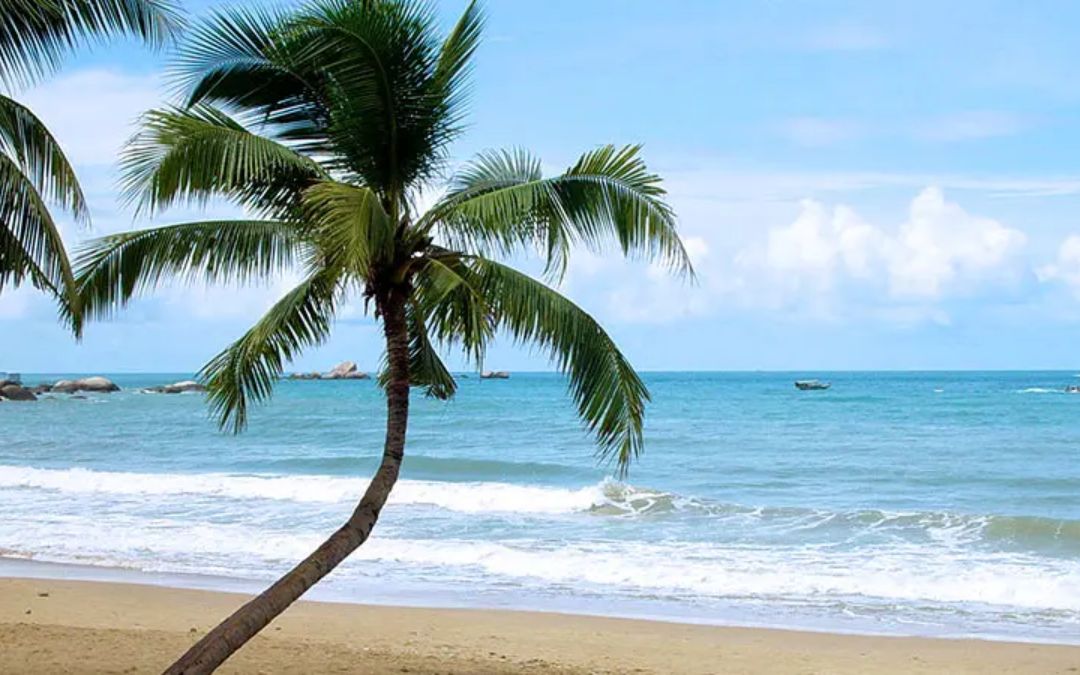
Tucked away just off the coast of Sihanoukville, Bamboo Island (Koh Russei) is the definition of an off-the-grid surf escape. During the monsoon season, typically between June and October, gentle swells roll onto the island’s southwestern beach, creating smooth, beginner-friendly conditions. The surf here won’t challenge pros, but that’s the charm – it’s about flow, not flash.
- Best time to paddle out: Mornings. That’s when the water is glassy, the winds are calm, and the beach feels like it’s yours alone. Because this island isn’t heavily developed, you won’t find rental shops on every corner – best to bring your own board or rent from Sihanoukville before hopping on a boat.
- Getting there is part of the experience: A 45-minute ride on a colorful wooden ferry from Ochheuteal Beach sets the tone for the laid-back vibes ahead. There’s minimal infrastructure, so pack light and stay in one of the island’s beachfront bungalows or hammock-lined guesthouses.
- Why surfers love it: No Wi-Fi, no crowds – just you, the ocean, and the occasional crab scuttling by. At night, the magic continues with bioluminescent plankton lighting up the shore in a surreal glow.
- Bonus: Snorkel between sessions, kayak to hidden coves, or just swing in a hammock until your next surf call.
Sihanoukville & Kep – Gentle Waves for Newbies
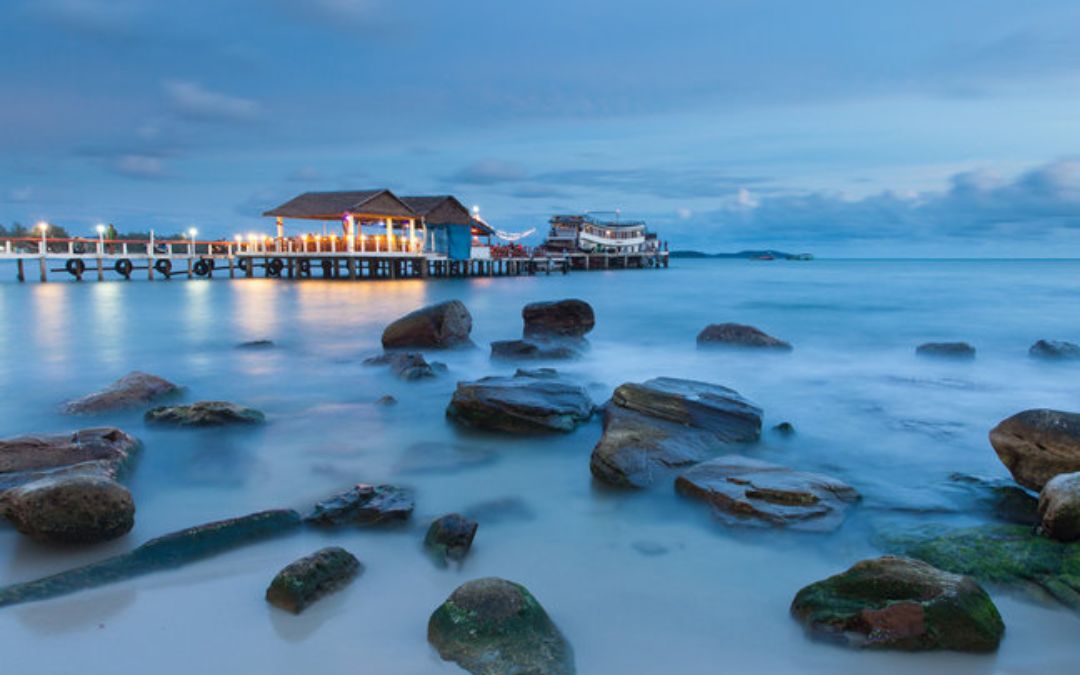
Though Sihanoukville is more famous for its nightlife and beach parties, it also offers soft swells that are suitable for surfing newbies. While the waves here won’t get your adrenaline rushing, they’re reliable enough for practicing your pop-up or balancing skills.
Kep, on the other hand, is a sleepy coastal town with calm waters and charming colonial vibes. It’s not a traditional surf destination, but windsurfing and paddleboarding are quite popular – and if the wind and tides align, you might just catch a few rideable waves.
- The most surfable stretch: Otres Beach. Less crowded than Serendipity Beach and generally cleaner, Otres has mellow beach breaks that become more lively during Cambodia’s southwest monsoon season. The July-September window gives you the best shot at catching a rideable wave. When the tide’s right and the wind lines up, you’ll spot a handful of surfers making the most of it.
- Best for: Travelers looking to blend a beach holiday with light surf action and who prefer surfing in Cambodia without straying too far from city comforts.
Koh Rong – Island Vibes and Secret Surf Spots
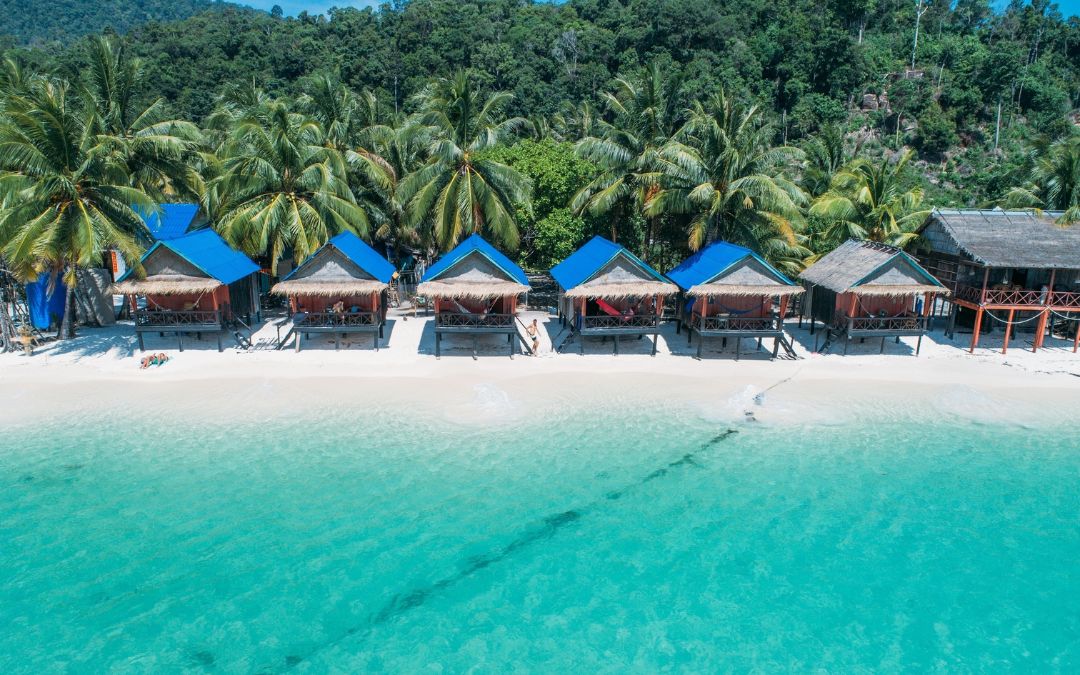
The wild beauty of Koh Rong makes it one of the most exciting places to explore for surfing in Cambodia. While this island is more famous for its parties and backpacker trails, some of its secluded beaches – especially on the western side – occasionally catch swells good enough for shortboard or longboard sessions.
It’s the kind of place where you might be the only surfer in sight, paddling out as the sun sets behind the horizon. Be sure to check local conditions before heading out; the waves are seasonal, but the island’s laid-back charm is year-round.
- How to get there: To get to Koh Rong, catch a fast ferry from Sihanoukville. It takes about 45 minutes, and most boats drop you near Koh Toch Village, where you can grab a cold coconut and start plotting your next surf mission.
- What makes Koh Rong a surfer’s delight: The post-surf chill. From cliff jumping to snorkeling and late-night beach parties under glowing stars, there’s always something happening once the waves settle down. And with powdery beaches and hammock havens, even no-wave days feel like a win.
Kampot – Where Rivers Flow and Winds Blow
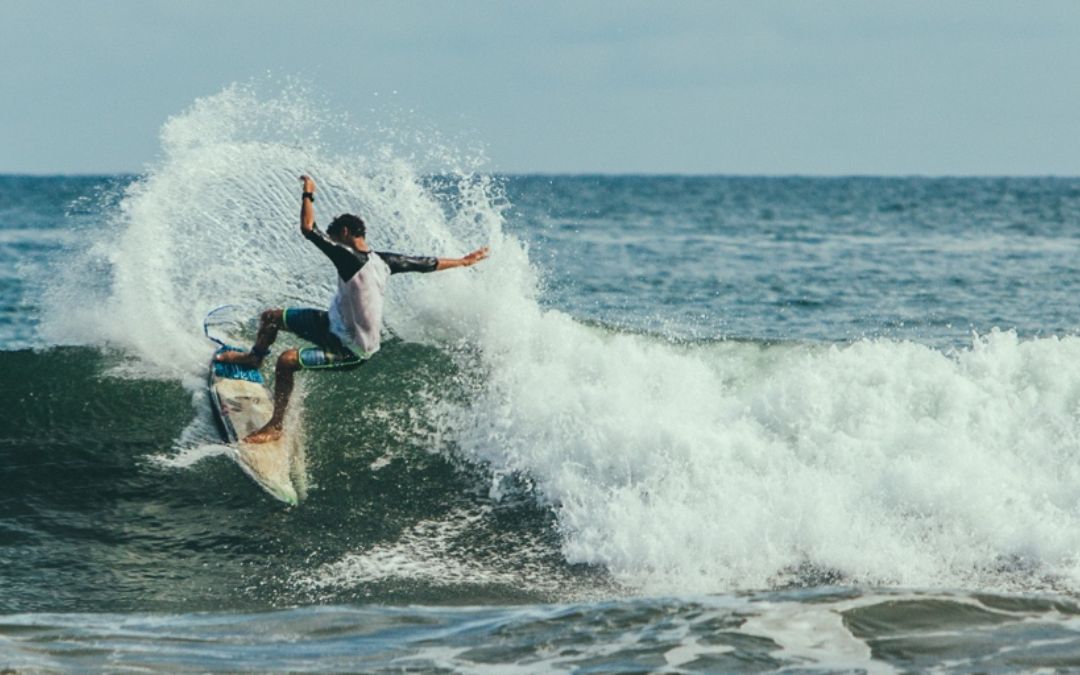
Famous for its pepper farms and French colonial buildings, Kampot is not a classic surf destination. But don’t rule it out just yet. During the wet season, strong winds and river currents can bring in decent waves near the river mouth and coastal areas.
Though better known for kayaking and stand-up paddleboarding, Kampot attracts adventurous travelers who are open to trying different water activities, including surfing in Cambodia, if the conditions are right.
- Best spot to hang your hat: Riverfront bungalows like Greenhouse or Champa Lodge offer direct access to the water, perfect for those sunrise paddles or spontaneous river dips. Some even provide board rentals or know locals who do.
- Why Kampot earns a spot on this list: It redefines what “surfing” can be. Whether you’re floating on a SUP, chasing that rare wave, or just soaking in the slow life by the river, this town has board-friendly vibes written all over it.
>> Explore More: Top 5 Cambodia Beach Jewels
Best Time to Surf in Cambodia
Timing is everything when it comes to catching waves, especially in a non-traditional surf country like Cambodia. The best time for surfing in Cambodia is during the southwest monsoon season, which typically runs from May to October.
During these months, onshore winds and occasional storms bring enough swell to the southwestern coast, making it possible to surf on islands like Bamboo and Koh Rong. The waves might not be massive, but they’re consistent and beginner-friendly.
Pro tip: July to September tends to have the best surf conditions, but always check local forecasts before heading out.
>> Read More: Best Time To Visit Cambodia
Essential Surfing Equipment
Whether you’re a first-timer or just traveling light, being appropriately equipped will make your surfing adventure in Cambodia smoother and safer. Here’s what you need to ride the Cambodian waves:
Must-Have Gear
- Soft-top surfboard: Ideal for beginners due to its stability and forgiving surface.
- Leash: Keeps your board close, especially important in open waters.
- Rash guard or surf shirt: Helps prevent board rash and protects from the tropical sun.
- Reef-safe sunscreen: The sun in Cambodia is intense. Protect your skin and the ocean.
- Wax (tropical): For better grip on your board, tropical wax won’t melt easily.
- Fin keys and repair kits: Because being prepared never hurts anyone.
If you don’t have your own gear, check with local surf shops in Sihanoukville or ask your guesthouse on the islands – some offer rentals or can connect you with someone who does.
Safety and Etiquette When Surfing in Cambodia
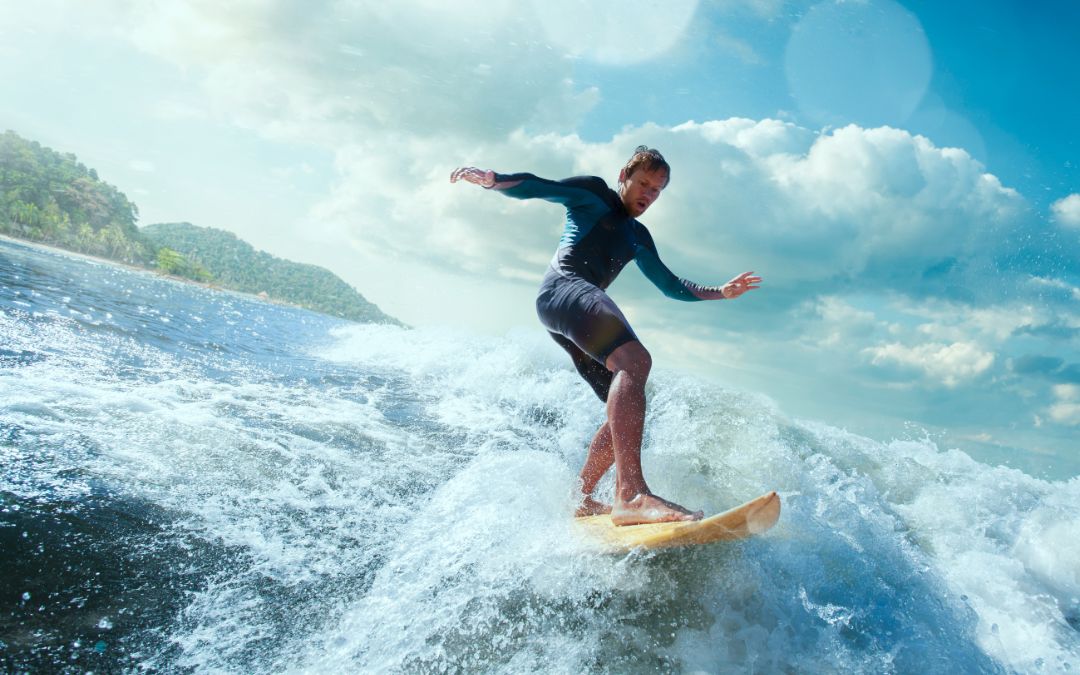
Surfing might be fun, but staying safe and showing respect is what truly makes the experience unforgettable. While surfing in Cambodia tends to be more relaxed than in other destinations, that’s no excuse to skip the basics.
- Understand local conditions: Don’t just jump in. Ask locals about currents, reefs, or any known hazards. Some beaches may look inviting but hide sharp coral or jellyfish.
- Respect the environment: Cambodia’s beaches are beautiful—let’s keep them that way. Don’t litter, avoid stepping on coral, and never chase marine life. Treat nature like the VIP it is.
- Be considerate of others: Surfing in Cambodia is still under the radar, which means you might have the waves all to yourself. But if you do bump into fellow surfers, follow proper etiquette: Don’t drop in on someone else’s wave, communicate before paddling out and give the right of way to whoever is closest to the peak.
- Know your limits: If the waves look intimidating, sit it out. Cambodia is all about slow travel and easy vibes – no need to risk injury over ego.
>> See Tour: Cambodia’s Ancient Temples & Pristine Beach
Add Surfing In Cambodia To Your Bucket List!
Surfing in Cambodia might not be on the global surfing map yet, but that’s exactly what makes it so special. Whether you’re riding your first wave on Bamboo Island or catching a sunset swell in Koh Rong, every session here comes with a side of untouched beauty and tranquil vibes.
So, pack that soft-top, slap on some reef-safe sunscreen, and get ready for an unexpected surfing escape.
Planning your Cambodian adventure? Get in touch with Asia Pioneer Travel to tailor a trip that includes not just surfing, but the full sensory feast of this Southeast Asian gem – from Angkor Wat to secret beaches and everything in between.
